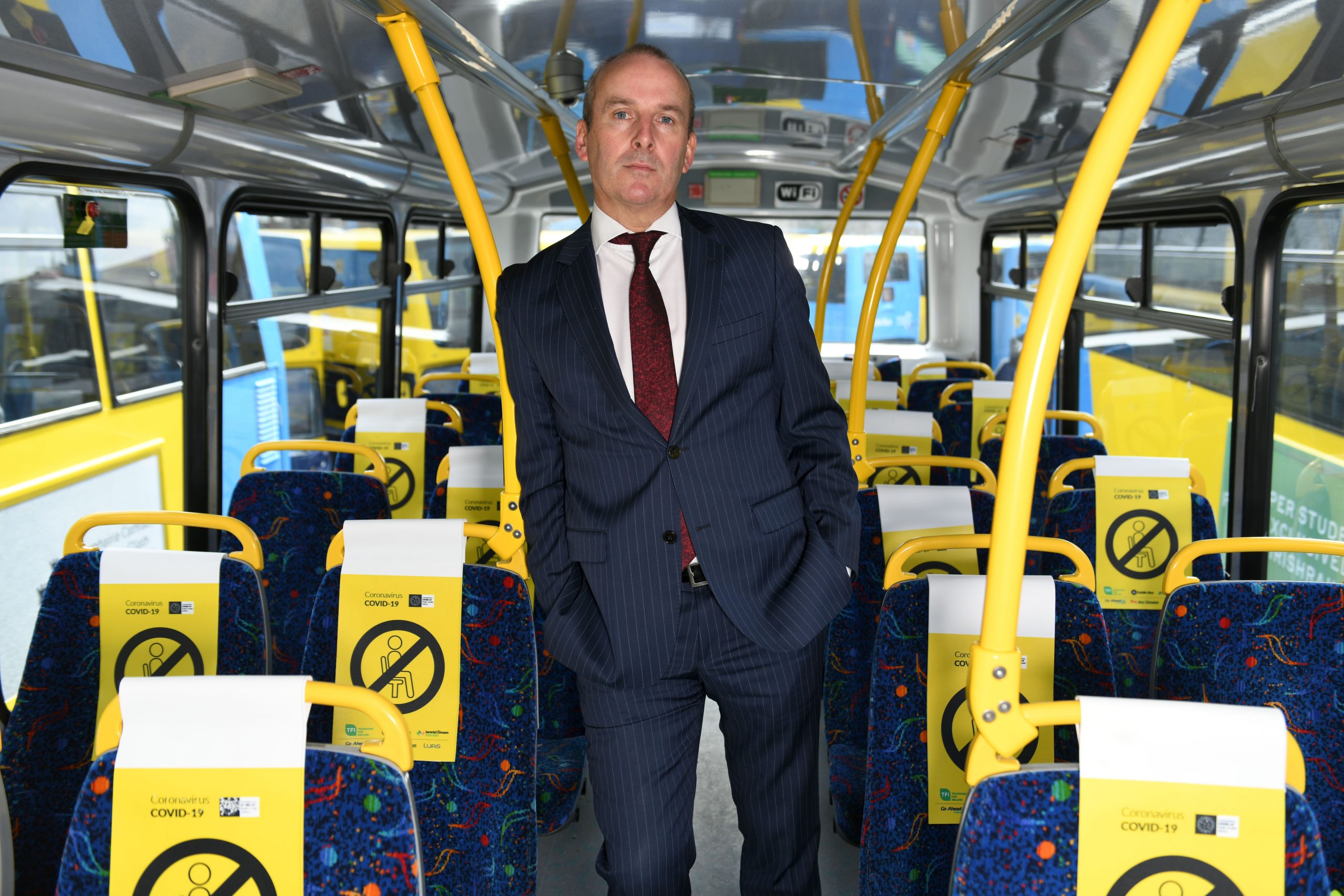The frontline in the battle against Covid-19 can take many forms. There are the doctors, and the nurses, the cleaners, the shop workers. And of course, there are the people who help them to get to the hospitals, offices, shops, and businesses. For the last few fraught months Ray Coyne, the chief executive of Dublin Bus, has had 2,500 bus drivers on the road ferrying 50,000 people each day from home to work. Behind that number are another 1,000 staff doing everything from maintaining buses to cleaning them, to making payroll, to running depots. New processes had to be implemented…
Cancel at any time. Are you already a member? Log in here.
Want to read the full story?
Unlock this article – and everything else on The Currency – with an annual membership and receive a free Samsonite Upscape suitcase, retailing at €235, delivered to your door.

